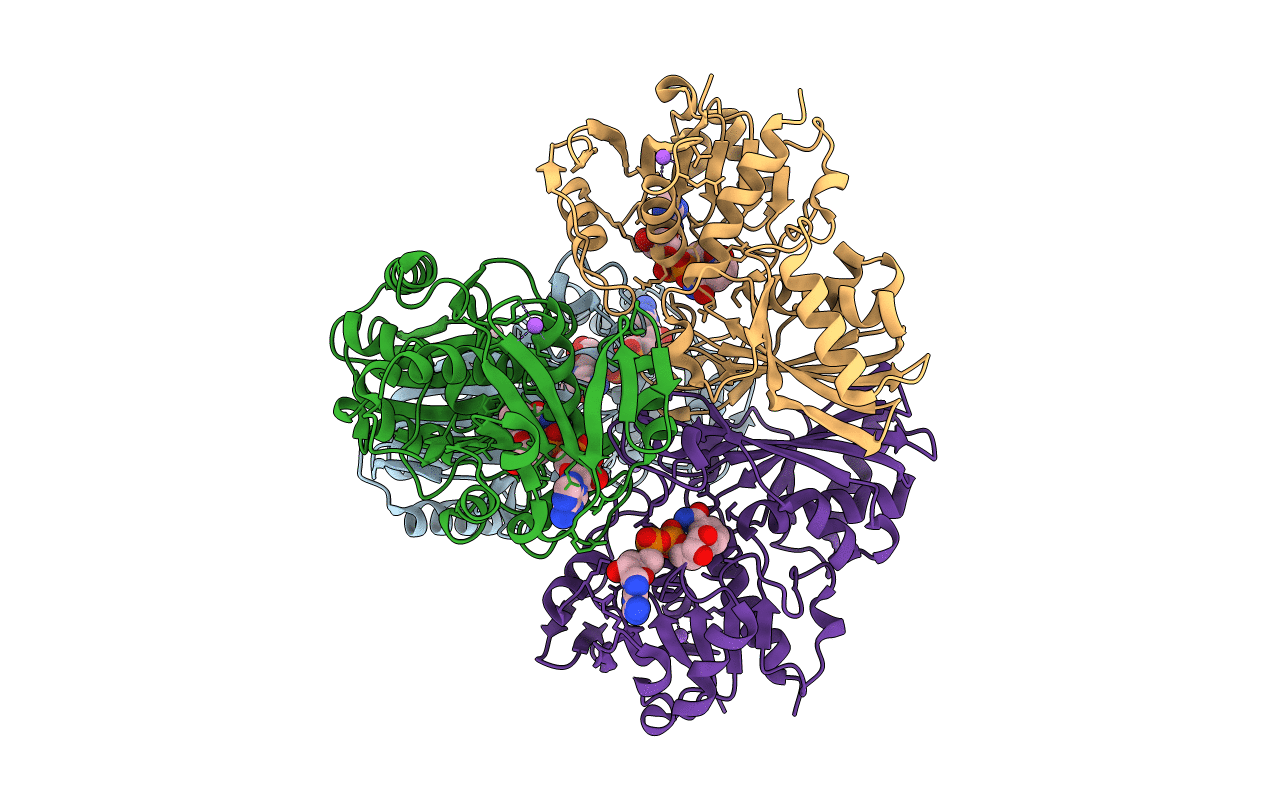
Deposition Date
2017-02-09
Release Date
2018-03-14
Last Version Date
2024-11-13
Entry Detail
PDB ID:
5UR0
Keywords:
Title:
Crystallographic structure of glyceraldehyde-3-phosphate dehydrogenase from Naegleria gruberi
Biological Source:
Source Organism:
Naegleria gruberi (Taxon ID: 5762)
Host Organism:
Method Details:
Experimental Method:
Resolution:
1.94 Å
R-Value Free:
0.19
R-Value Work:
0.15
R-Value Observed:
0.15
Space Group:
P 1 21 1


